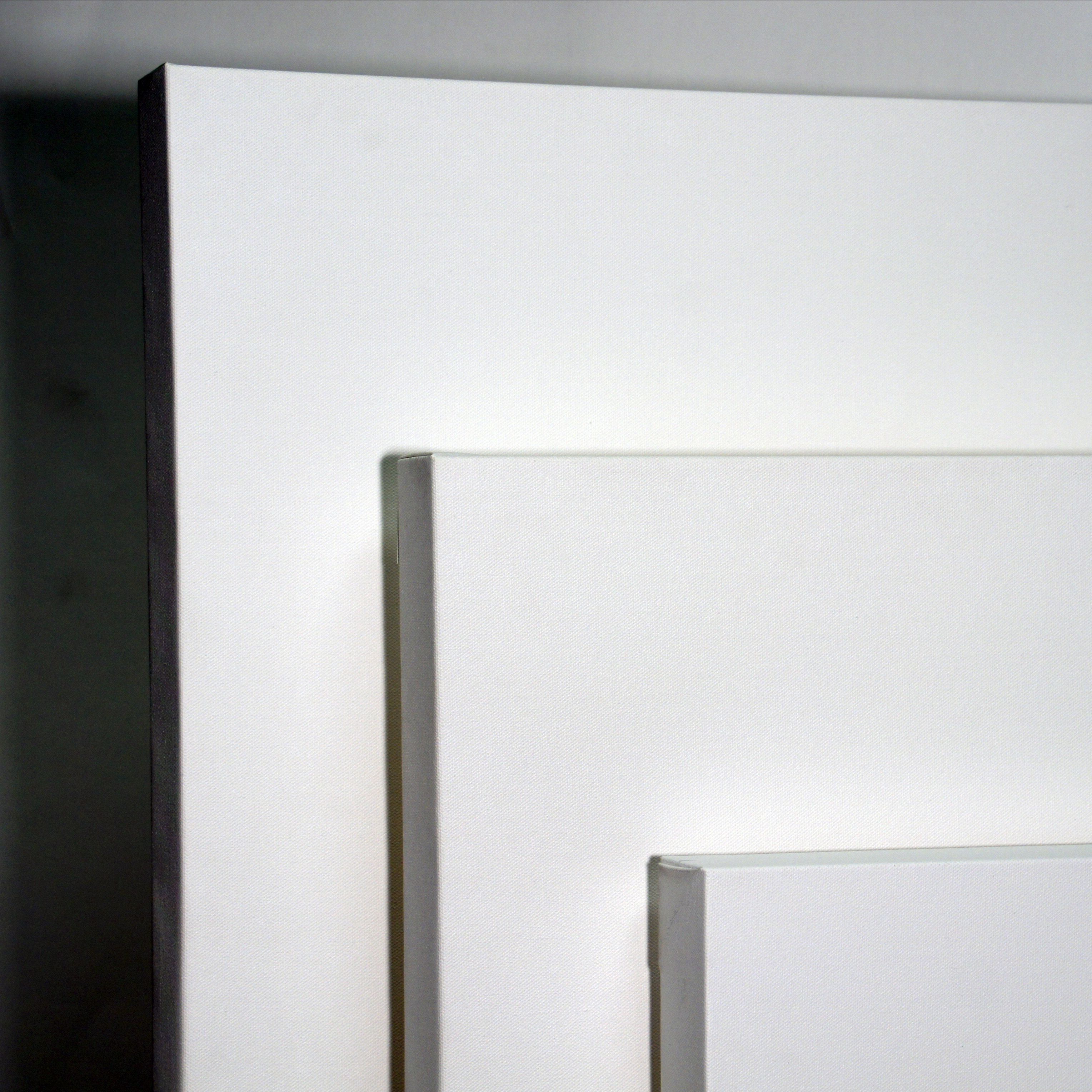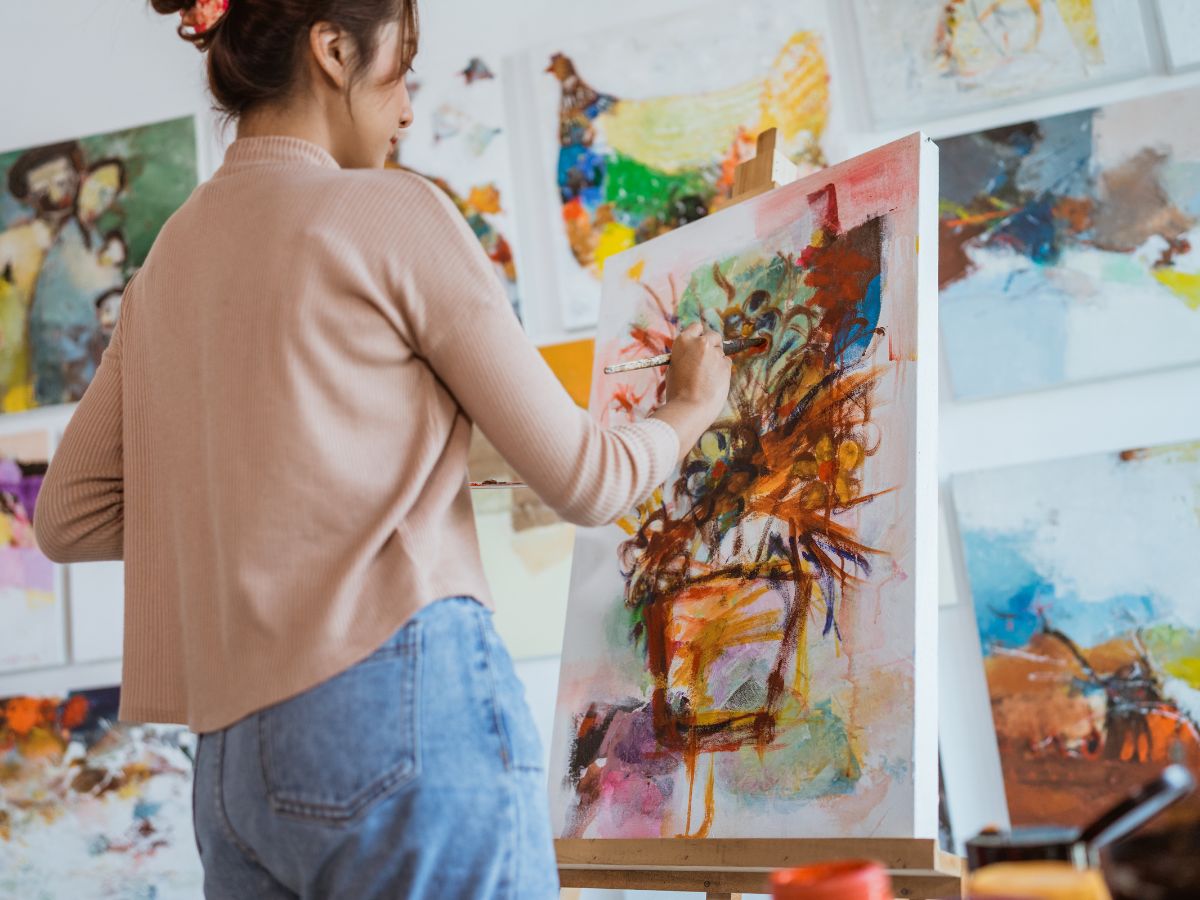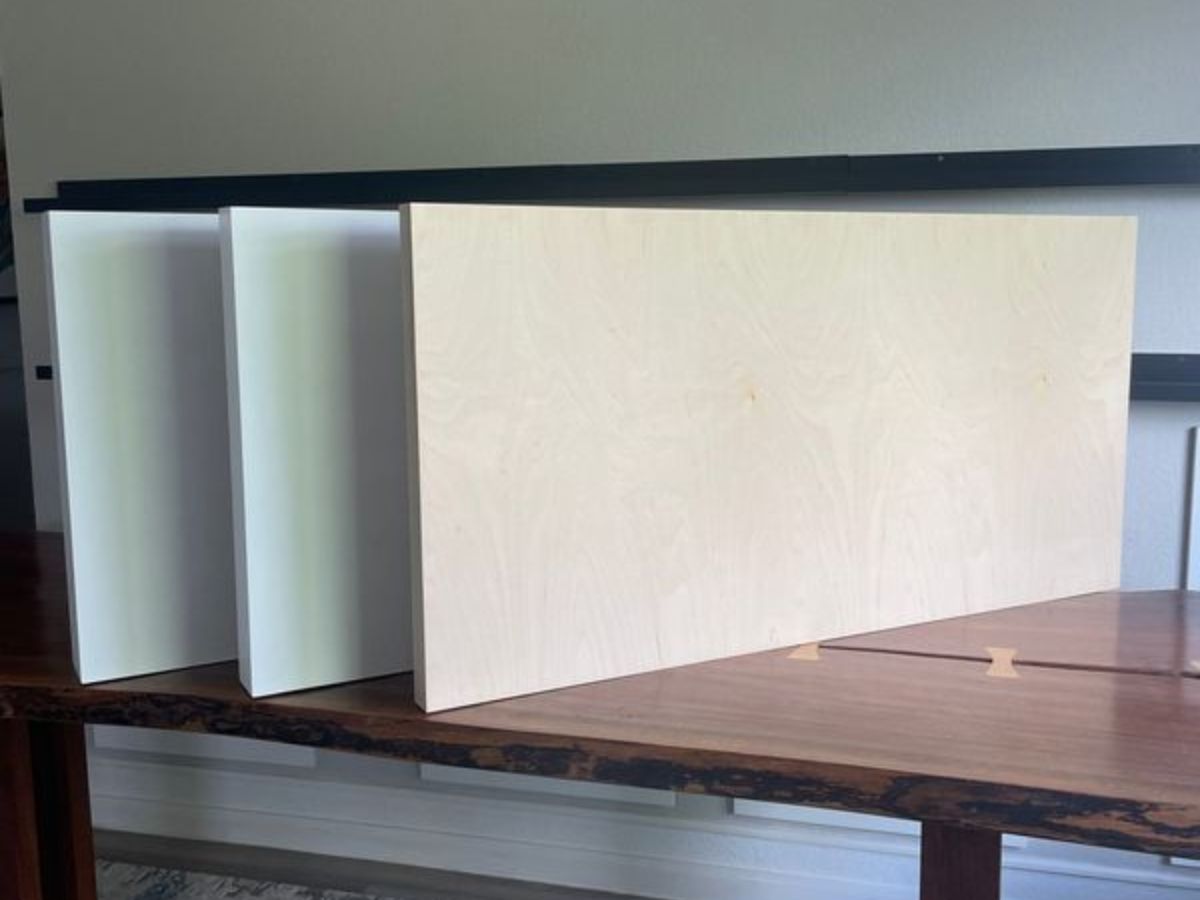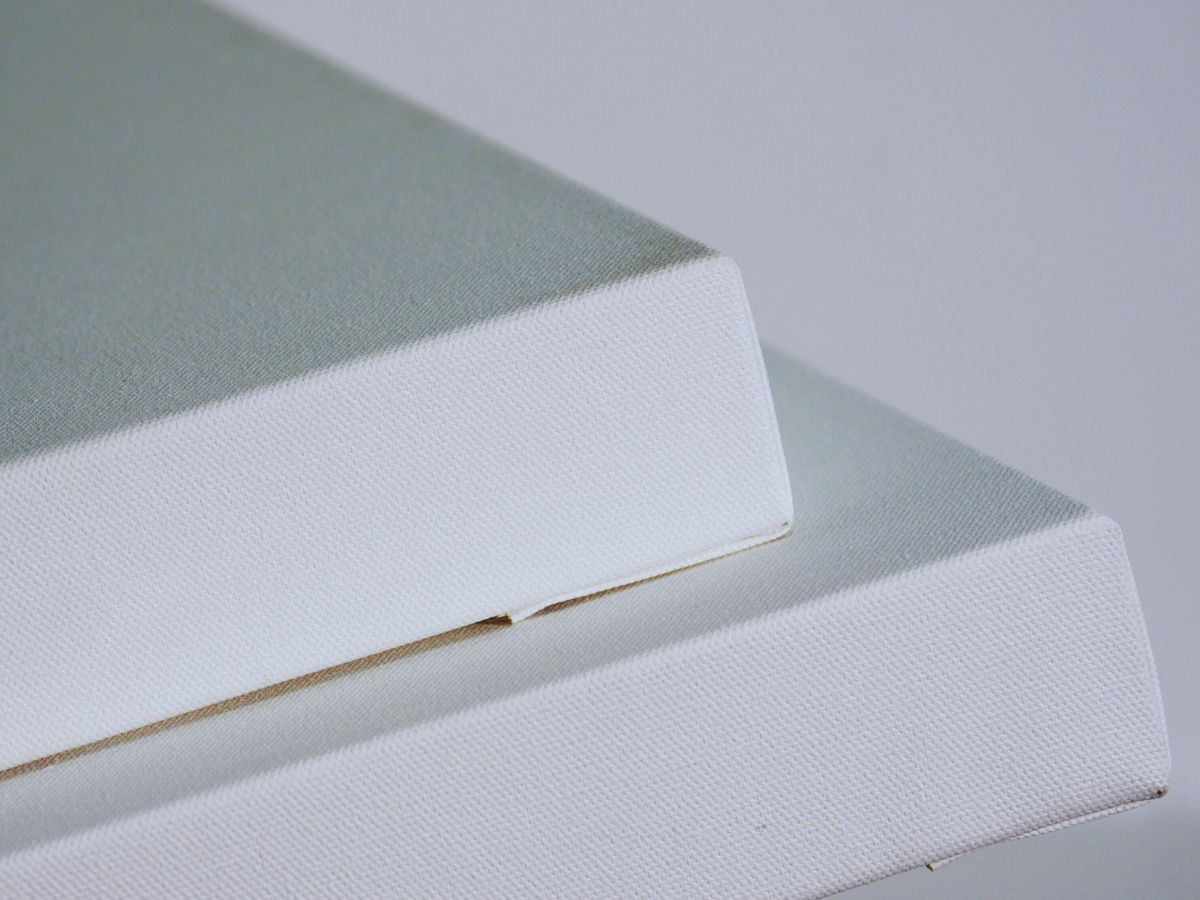
Best Painting Mediums for Custom Wood Panels
Painting on custom wood panels gives you a solid, long‑lasting surface and opens up creative possibilities. Here’s a clear, artist‑to‑artist guide on the best mediums to use and why they shine on wood.

Painting on custom wood panels gives you a solid, long‑lasting surface and opens up creative possibilities. Here’s a clear, artist‑to‑artist guide on the best mediums to use and why they shine on wood.

Working on a painting and thinking, “I need a size that fits just right?” You’re not alone. Choosing custom‑sized canvases lets you match your vision exactly—to the space, the medium, and the feel you want. It’s about purpose, scale, and avoiding compromise.

When you sell or transport artwork, especially stretched canvases, framed pieces, or mixed-media panels, proper packaging isn’t optional. It protects your work, your reputation, and your investment. Here’s a guide to packing and shipping artwork safely.

Painting on wood panels brings smooth surfaces and stability—but only if you prep them correctly. Follow these clear, practical steps to ensure your artwork lasts.
Prepping your wood panel right builds a strong foundation for paint layers and protects your artwork’s future. Whether acrylics, oils, or mixed media, this method ensures clean, professional results.
CanvasLot offers custom wood panels for artist. You can order the standard un-finished wood option or the sanded and primed with double layer of white gesso. Order online and we’ll deliver your custom wood panel right at your doorstep.

When it comes to painting surfaces, canvas gets most of the attention, but wood panels deserve a solid place in your studio. They’re stable, versatile, and perfect for detailed work. But not all wood is created equal. The type you choose matters for your technique, your materials, and the longevity of your work.

If you’re an artist, you know the value of quality materials. CanvasLot’s canvases offer a professional-grade surface that saves time and enhances your work.

Canvas durability is crucial for artists aiming to create lasting works. Understanding the factors that affect a canvas’s longevity can help you make informed choices about materials and care.

Selecting the appropriate canvas is a decision that influences the outcome and longevity of your artwork. Understanding the characteristics of different canvas types can help artists make informed choices that align with their creative goals and practical needs.

Grattage, meaning “scraping” in French, is a painting technique where artists scrape off layers of wet paint to reveal textures and patterns beneath. This method, developed by surrealist artist Max Ernst in the 1920s, allows for spontaneous and textured effects in artwork.

Building a loyal fanbase is about more than just showcasing your art; it’s about creating genuine connections and providing value to your audience. Here’s how to do it effectively in 2025.